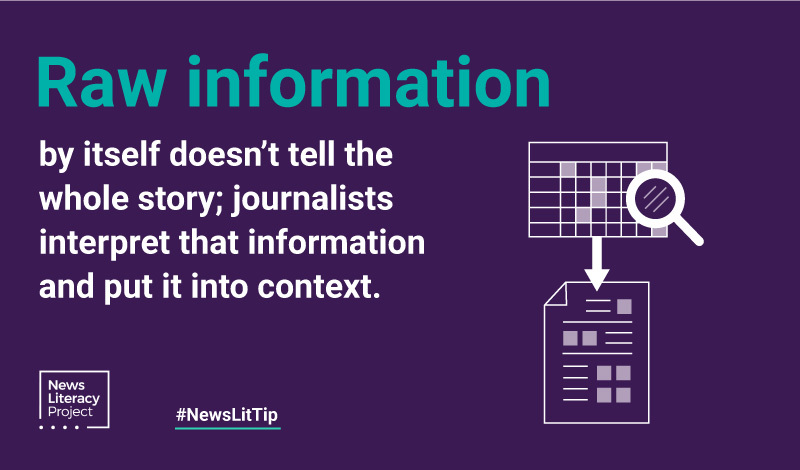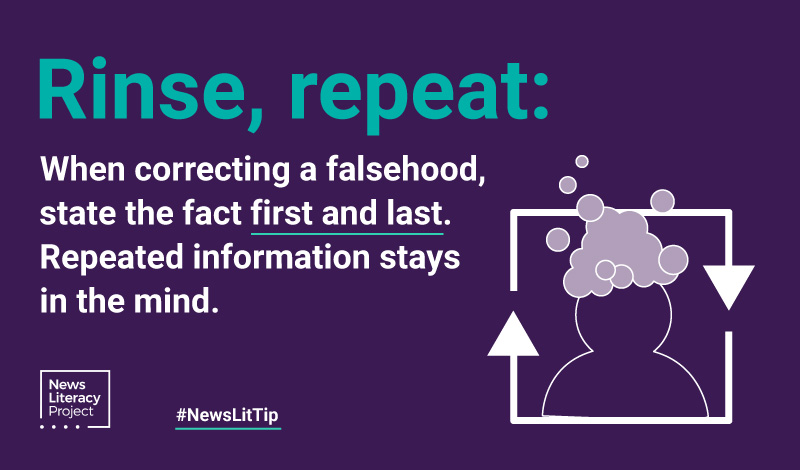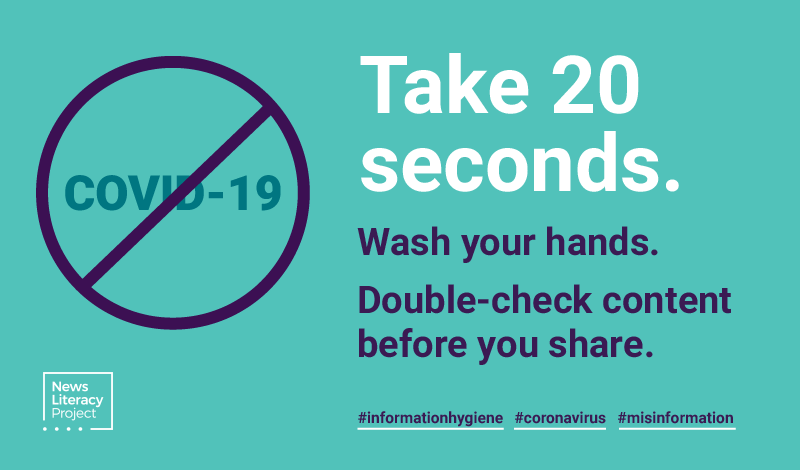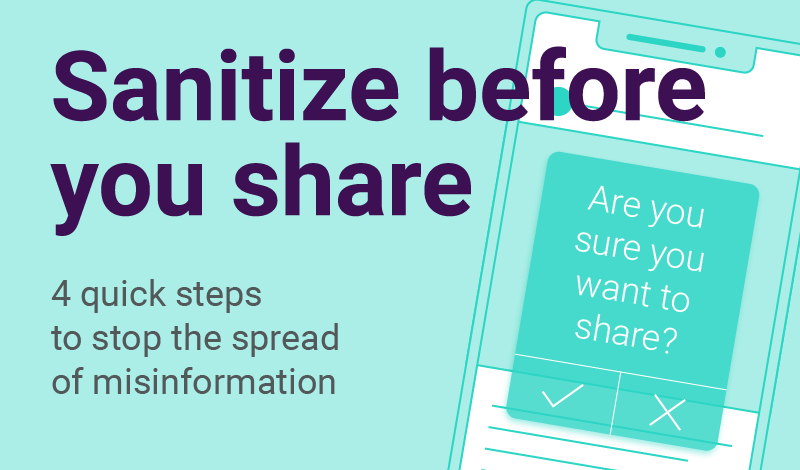
News Lit Tips
When correcting the record, make a ‘truth sandwich’

To err is human, to correct is divinely human. But in correcting the record, some ways are more divine than others.
Berkman Klein Center for Internet & Society lays out the basics of how to correct the record, whether you’re an individual or a news outlet: Begin and conclude with the correct information, sandwiching the wrong information between. As Berkman puts it, “Make the truth, not the falsehood, the most vivid take-away.”
That’s because repeated information sticks with us, whether the information is accurate or not. We rely on repetition. The more something is heard, the more it’s believed.
Sandwiching errors also is a good approach because of how we respond to information. As Harvard psychologist Daniel Gilbert contends, when something is said, people comprehend in two steps. First, we hold the idea in our mind. Then, we decide whether it’s factual. That means when we hear or read something new, we consider the morsel of information, using it as the frame of reference for what comes next. By accepting it, even momentarily, we’ve started to digest it. Gilbert hypothesizes that the second step — of considering whether something is to be believed — is harder to do. Often, we simply skip this step unconsciously.
So what may sound like an interesting bit of trivia is important when it comes to crafting a correction.
Some researchers also urge those who write corrections to focus on simple, accurate statements (the correct information first), to clear up the misinformation.
And yes, corrections matter. A 2016 study suggests that even people with strongly held beliefs will change their minds when presented with facts that contradict those beliefs.
To repeat (because repetition is effective): Get your facts straight! When correcting a falsehood, state the fact first and last.



